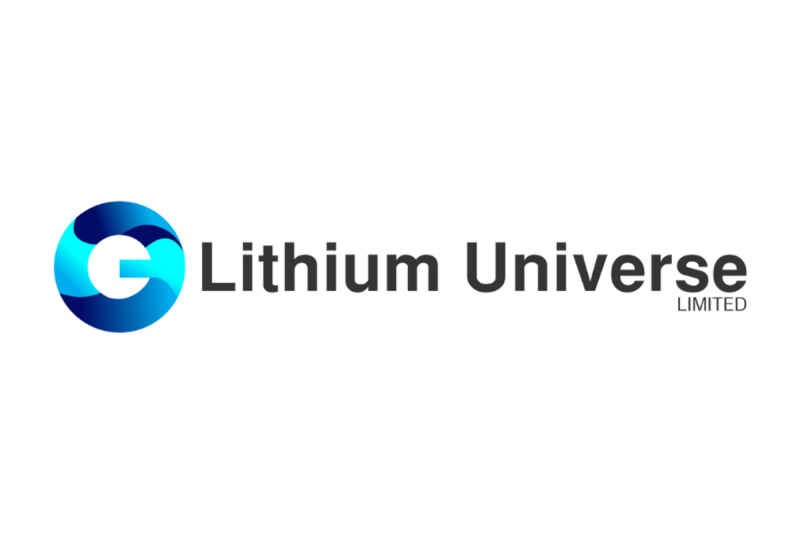As demand for electric vehicles (EVs) continues to rise globally, the need for lithium-ion batteries has become increasingly urgent. One crucial aspect of the EV supply chain that has garnered significant attention is the production and processing of lithium, a key component of these batteries. In North America, efforts are being made to close the lithium conversion gap and reduce dependency on imported lithium products.
The Current Situation: North America’s Dependency on Imported Lithium
North America is home to vast lithium reserves, with countries like the United States, Canada, and Mexico having significant lithium deposits. Despite this, the region heavily relies on imported lithium products for battery manufacturing. The primary reason for this dependency is the lack of sufficient domestic processing capabilities to convert raw lithium materials into battery-grade products.
Challenges in Closing the Gap
Several challenges hinder North America’s ability to convert raw lithium into battery-grade products. One major obstacle is the limited availability of lithium processing facilities in the region. Without an adequate number of conversion plants, raw lithium must be shipped to overseas facilities for processing, adding to costs and supply chain complexities.
Furthermore, the high capital requirements for establishing lithium conversion facilities present a barrier to entry for potential investors. Building and operating a processing plant requires significant investment, and without clear incentives or government support, many companies are hesitant to make such a substantial financial commitment.
Strategies for Closing the Gap
To address the lithium conversion gap in North America, several strategies can be implemented:
1. Increased Investment: Encouraging investment in domestic lithium conversion facilities is essential for reducing dependency on imported lithium products. Governments can provide support in the form of grants, tax incentives, or subsidies to incentivize companies to establish processing plants in the region.
2. Research and Development: Investing in research and development to improve lithium processing technologies can help enhance the efficiency and cost-effectiveness of conversion processes. Collaborations between industry stakeholders, research institutions, and government agencies can drive innovation in this area.
3. Strategic Partnerships: Forming strategic partnerships with international players in the lithium industry can help North American companies gain access to advanced processing technologies and expertise. Collaborating with established global leaders can accelerate the development of domestic processing capabilities.
4. Regulatory Support: Implementing favorable regulatory frameworks that support the growth of the lithium conversion industry is crucial. Streamlining permitting processes, ensuring environmental compliance, and offering incentives for sustainable practices can foster a conducive business environment for lithium processing companies.
Closing Thoughts
Closing the lithium conversion gap in North America is a multifaceted challenge that requires concerted efforts from industry stakeholders, governments, and research institutions. By investing in domestic processing capabilities, fostering innovation, and creating a supportive regulatory environment, the region can enhance its lithium supply chain resilience, reduce reliance on imports, and position itself as a key player in the global EV market.
